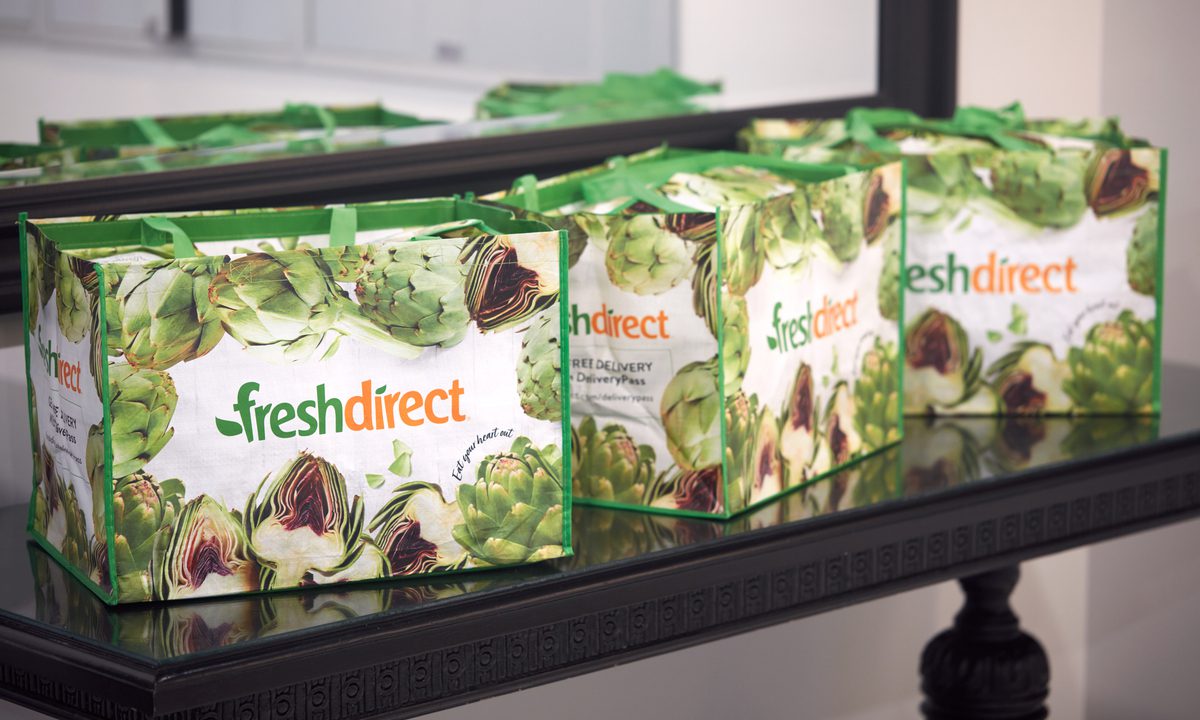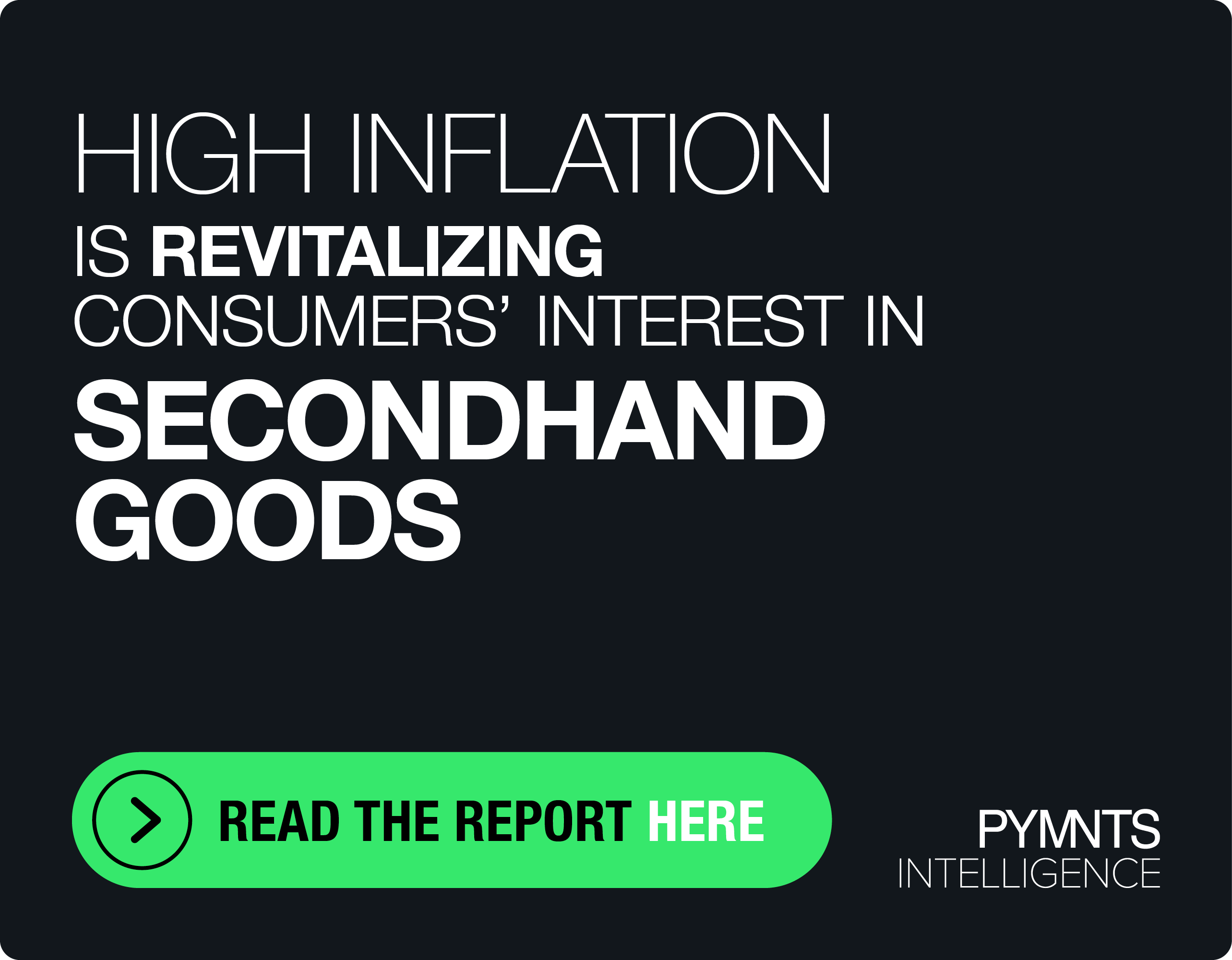Shrinking Basket Size a Puzzle for Online Grocery Retailers

Like all retailers and brands right now, online grocers are trying to navigate a tricky inflationary environment, albeit one with a unique twist as it pertains to a reduction in buying groceries online.
As Scott Crawford, chief merchandising officer at FreshDirect, explained to PYMNTS, the confusion stems from the fact that while food costs are up, basket size is not.
“We’re also seeing the basket shift,” he said. “The challenge that we’re having a hard time trying to understand is, ‘Is the basket shifting or normalizing because of getting open again and back to normal [or because of inflation]?’ That’s probably the biggest piece that we’re having a harder read on because the basket’s starting to look like 2019. So, 2019 obviously had less units than ’20 and ’21.”
For example, the Ahold-Delhaize-owned online grocer, which focuses mainly on the tri-state area, has noticed the shift back to its prepared meal offerings. Crawford said this could be attributed to the return to pre-pandemic trends, given that sales in this category took a downturn as consumers returned to dining out.
Yet, this tendency could also result from inflationary trends, as consumers shift away from splurging on restaurant meals but continue to seek out more convenient options than cooking from scratch. Findings from the July edition of PYMNTS’ Consumer Inflation Sentiment study “Consumer Inflation Sentiment: July 2022 — Consumers Pull Back and Prepare for the Long Haul,” which drew from a July survey of nearly 3,800 U.S. adults, revealed that 77% of consumers are shifting to eating more at home instead of at restaurants in response to inflation.
Additionally, Crawford said typical seasonality has been “even a little more exaggerated” this year, with a dip in frequency and basket sizes during the summer months, as consumers traveled, and with an uptick during the back-to-school period.
Grocery inflation remains high. Data from the U.S. Bureau of Labor Statistics (BLS) found that consumer grocery prices were up 13.% year over year in September. Yet, it would appear that from the grocers’ perspective, this volatile environment is easing somewhat.
Reflecting on trends in the past few months, Crawford said, “We’ve seen price increases from the vendor community stabilize. … They’re not coming in as fast as they were coming in the previous six to eight months before this timeframe.”
Certainly, the past few years have been volatile for eGrocers, with the rise of the stay-at-home economy transforming consumers’ purchasing habits in 2020, the rush to return to life away from home having dramatic effects in 2021 and the skyrocketing food prices shaking up shoppers’ behaviors for the better part of this year.
Crawford said he expects that, in the next 12 months, the category will finally settle into a place where dramatic inflation, ongoing pandemic effects and unusual travel activities will no longer have such a strong effect on consumer behavior.
“I think a year from now, we will … be talking about consistency of how the customer’s using us,” Crawford said. “You compress that also with people traveling, people taking extraordinarily large vacations. I think all that will have washed out of the system by this time next year.”
For all PYMNTS retail coverage, subscribe to the daily Retail Newsletter.
